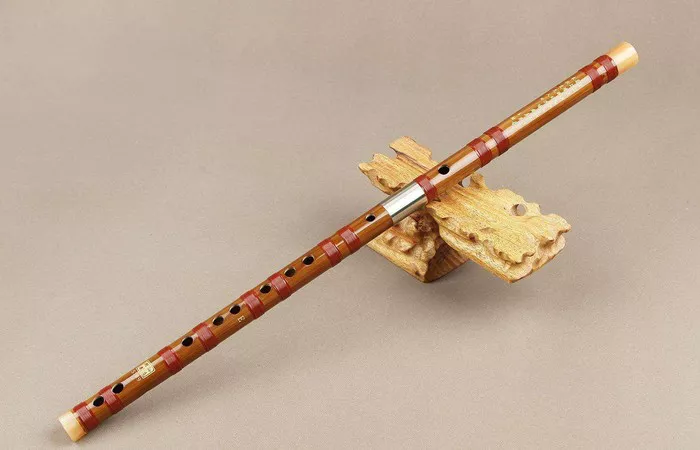Playing the flute is a delicate and intricate art form that requires precision, control, and a deep connection between the musician and their instrument. Whether performing solo, in an ensemble, or as part of an orchestra, flute players often grapple with the decision of whether to play standing or sitting. Both positions have their merits and drawbacks, and the choice between them can significantly impact the player’s performance and overall experience.
Benefits of Standing
Better Breath Control: Standing allows flute players to take deeper breaths and utilize their full lung capacity more effectively. When standing, the diaphragm has more room to expand, resulting in a richer tone and improved control over dynamics.
Posture and Engagement: Playing the flute while standing promotes an engaged posture, with the spine straight and shoulders relaxed. This posture not only enhances the player’s physical comfort but also facilitates better interaction with the audience, as the musician can maintain eye contact and convey expression through body language.
Movement Freedom: Standing offers flute players the freedom to move and adjust their position as needed while playing. This flexibility can be particularly beneficial during performances that require expressive gestures or dynamic shifts, allowing the musician to fully engage with the music and convey its emotional nuances.
Drawbacks of Standing
Fatigue: Extended periods of standing can lead to fatigue, especially during lengthy performances or rehearsals. Flute players may experience strain in their legs, back, or feet, which can detract from their focus and overall performance quality.
Stability: Maintaining balance and stability while standing can be challenging, particularly for younger or less experienced musicians. Without a stable base, flute players may struggle to maintain proper posture and control over their instrument, leading to issues such as intonation problems or difficulty executing technical passages.
Physical Strain: Standing for extended periods can put strain on the body, particularly in the lower back and legs. This strain may become more pronounced over time and can contribute to discomfort or even injury if not properly addressed through ergonomic practices and regular breaks.
Benefits of Sitting
Stability: Sitting provides flute players with a stable base from which to play, allowing for greater control and precision. With both feet firmly planted on the ground and the body supported by a chair, musicians can focus more fully on their technique and musical expression without having to worry about maintaining balance.
Comfort: Sitting can be more comfortable than standing, especially during longer practice sessions or rehearsals. The support of a chair allows flute players to relax their muscles and conserve energy, enabling them to sustain their focus and concentration for extended periods without experiencing undue strain or fatigue.
Less Fatigue: Compared to standing, sitting typically results in less physical fatigue, as the body is not required to support its weight for prolonged periods. This can be particularly advantageous during performances that demand sustained concentration and endurance, allowing flute players to maintain their energy and stamina throughout the duration of the event.
Drawbacks of Sitting
Breath Control: Sitting may restrict the flute player’s ability to fully engage their diaphragm and utilize their breath capacity effectively. Without the natural expansion of the lungs that occurs when standing, musicians may struggle to achieve optimal tone production and dynamic control, particularly in passages that require sustained phrasing or intricate articulation.
Limited Movement: Sitting can limit the range of motion available to flute players, restricting their ability to make expressive gestures or dynamic shifts. This limitation may hinder the musician’s ability to fully convey the emotional content of the music and engage with the audience on a deeper level, potentially detracting from the overall impact of their performance.
Audience Interaction: When seated, flute players may find it more challenging to establish a strong connection with their audience, as they are physically separated from the crowd by the barrier of their instrument and chair. This can make it harder to gauge audience reactions and adjust their performance accordingly, potentially leading to a less engaging or impactful musical experience for both performer and listener.
Conclusion
In the debate between playing the flute standing or sitting, there is no one-size-fits-all answer. Both positions offer unique advantages and drawbacks, and the best choice ultimately depends on the individual preferences and needs of the musician. While standing may provide better breath control, posture, and movement freedom, sitting offers stability, comfort, and reduced fatigue.
I encourage flute players to experiment with both positions and find what works best for them in various contexts, whether practicing alone, rehearsing with a group, or performing on stage. By exploring different playing positions and adapting to the demands of each musical situation, musicians can enhance their technique, expression, and overall enjoyment of the flute playing experience.


